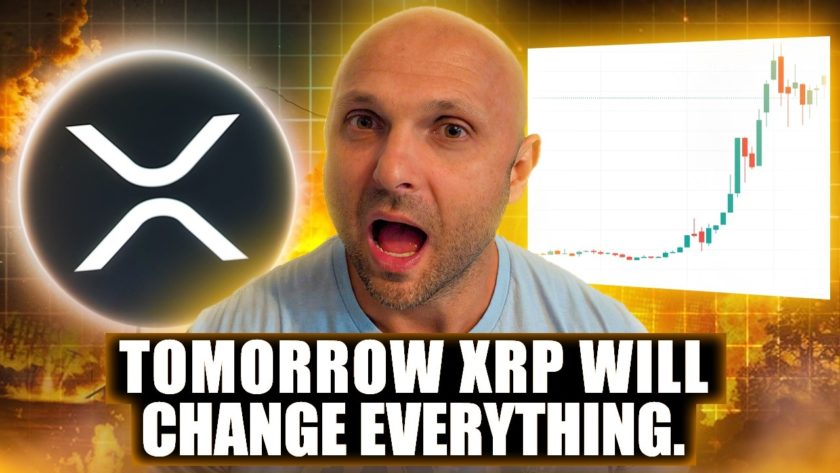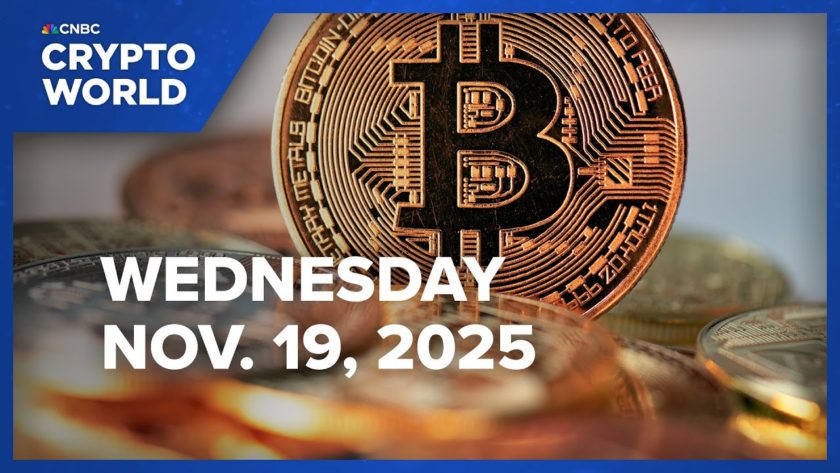- Wall Street market maker Jump Trading Group ponies up to make whole the losses from the US$320 million hack of Wormhole, a “bridge” that facilitates blockchain interoperability
- Fix demonstrates the commitment to the cryptocurrency space from market makers like Jump Trading Group, who want to ensure that they are at the crossroads of value and infrastructure in a new market paradigm
Hacks are unfortunately all too common in the world of cryptocurrencies.
From unknowable smart contract vulnerabilities to exchange hacks, the cryptocurrency world has grown accustomed to the regularity of such events, albeit on the decline in recent years.
But one thing that the cryptocurrency world has also demonstrated, is a willingness to make good on those hacks.
For instance, when Binance was hacked and US$40 million was stolen, the cryptocurrency exchange made good on the stolen amounts immediately, no questions asked – the reputational risks and confidence in the exchange were worth far more.
And when Crypto.com was hacked for US$35 million, the exchange that is now the title sponsor for the former Staples Center in Los Angeles, now renamed the Crypto.com stadium, also made good, no questions asked.
Which is why one of Wall Street’s best-known market makers didn’t hesitate either when US$320 million worth of cryptocurrency was drained from a software bug in Wormhole – pilfered tokens were replace in a matter of hours.
Jump Trading Group, a Wall Street market maker that ensures liquidity in a wide variety of assets through sophisticated liquidity provision algorithms helped develop Wormhole and helped to put up the money to replace the 120,000 wETH or “wrapped Ether” that the hacker was able to create and abscond with.
Because blockchains are not interoperable, ensuring that tokens from one blockchain, in this case Ethereum, work on another blockchain, in this case Solana requires a “wrapping” process – a type of digital escrow service.
Wormhole was created by a company called Certus One, which Jump Trading Group acquired last year and took over the development.
The Wormhole protocol is known as a “bridge” that connects different blockchains, allowing tokens from one blockchain to trade on another and enable a degree of interoperability that has proved elusive in the cryptosphere.
But the bridge can do far more.
Given that Ethereum has a lot more vintage than Solana, it enables the possible avoidance of the infamously slow and expensive transactions on the Ethereum network during periods of peak demand, by settling transactions on another blockchain, but securing such transactions and making them immutable on another.
In this case, buggy code allowed a hacker to create wETH, a token tracking Ether on the Solana blockchain and then redeem those tokens on the Ethereum blockchain.
Controlling the interoperability between cryptocurrency blockchains could ultimately prove extremely valuable one day, because it could allow users to leverage the benefits of each individual blockchain.



